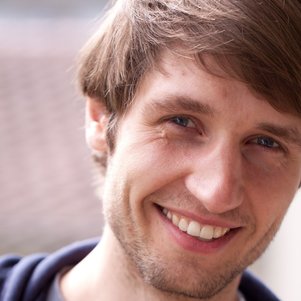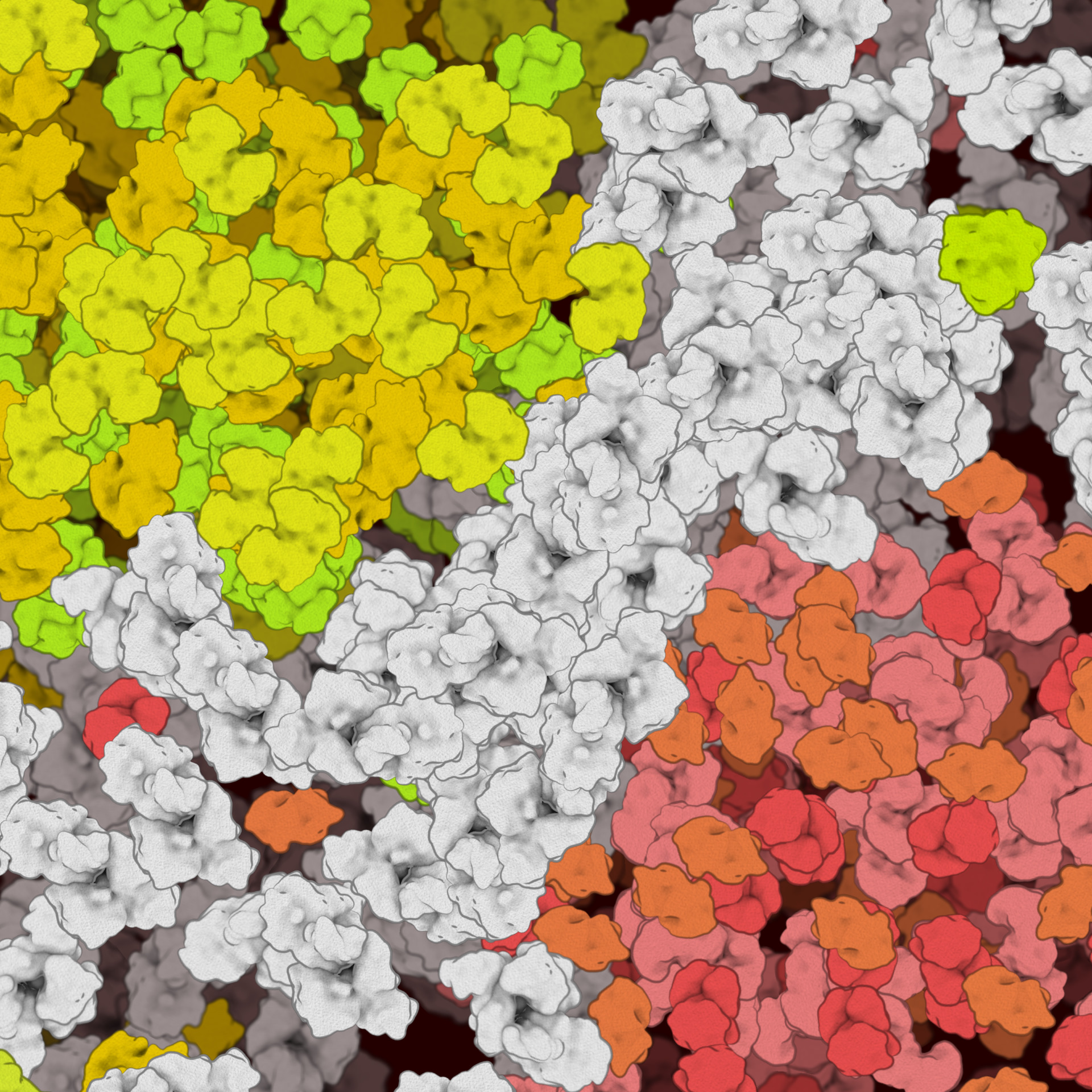Evolutionary model predicts how cells control the partitioning of their molecules
Researchers from the Max Planck Institute for Dynamics and Self-Organisation in Göttingen, Germany, and the TU Delft in the Netherlands have developed a new method to study how mixtures, consisting of many different molecules, interact to reliably form different droplets, as happens continuously in the living cell. This is the first time that scientists designed a model of many interacting molecules that can predict how particular droplets form. They published their findings in PNAS this week.
Biophysicist Liedewij Laan and theoretical physicist David Zwicker are interested in figuring out the mysteries of life, specifically the fundamental workings of living cells. “I’m always surprised that cellular processes work at all, because a cell consists of thousands of different molecules that all need to work together and not interfere with one another,” Zwicker says. “Given the current knowledge of physics and chemistry, that should not be so easy to do,” Laan adds, “but molecules in cells are extraordinarily successful in organising themselves into droplets. Now that we were able to show that we can actually reproduce the formation of these droplets, we’ve opened up the question and future research of how this works.”
Vinaigrette
Biological cells are incredibly complex machines consisting of thousands of different molecules that need to work reliably. To orchestrate their molecules, cells separate them into different compartments. Since the environment and the internal state of cells is ever-changing, they face the challenge of robustly forming and maintaining these compartments. Most well-known compartments, including the nucleus and mitochondria, are enclosed in stable membranes, a barrier that defines their shape and controls their composition. However, many smaller compartments do not possess a membrane and are often more dynamic. These membrane-less compartments that have been found in all animal, plant and bacterial cells, form spontaneously, and the interactions between the involved molecules control their composition.
To understand how many different molecules come together to form membrane-less compartments, Laan and Zwicker theoretically study the physical process of droplet formation. The theory is well-understood for the simple case of two kinds of particles, e.g., the oil separating from the water in vinaigrette. To examine a more realistic cellular environment with a large number of possible interactions, the researchers introduce a numerical method, which predicts which droplets form in fluids consisting of different molecules. This computer model enables them to investigate complex fluids, like the liquid inside of a cell.
Secrets of life
Their numerical method opens the possibility to answering key questions, including how cells can form many different droplets robustly. “The key insight is that cells had billions of years of evolution to optimise the interactions between molecules, so that exactly the right droplets form,” Zwicker explains. To mimic this in the computer, the numerical optimisation method meets an imposed target of a certain number of droplets after generations of mutations and selection. Interestingly, multiple different mixtures almost perfectly end up at the pre-set number of different droplets. Laan: “The exciting part is that we saw that we can actually reproduce these mixtures, but the maybe even more exciting part for us scientists is that we do not understand how this works. So now we are a lot closer to trying to figure out these secrets of life.”
Zwicker emphasises that their research is part of a bigger paradigm shift in biology: “Researchers often looked at quite strong interactions between for example two proteins, which are easier to study because they’re not so easily perturbed. Now these droplets that are formed by much weaker interactions are being studied more and more, both theoretically and experimentally, because it seems that they fulfil an important role inside cells. But they are much more challenging to study, because these weak interactions can be perturbed by the temperature, acidity, salt concentration, basically anything.”
This article was written in collaboration with the Max Planck Institute for Dynamics and Self-Organisation



